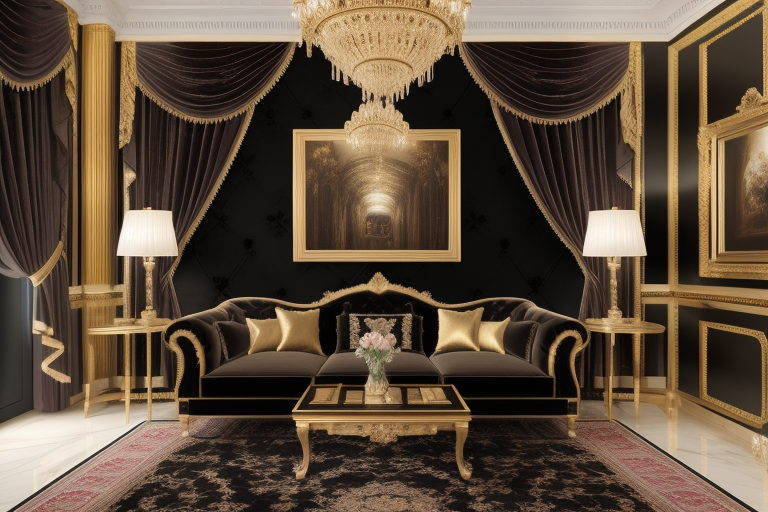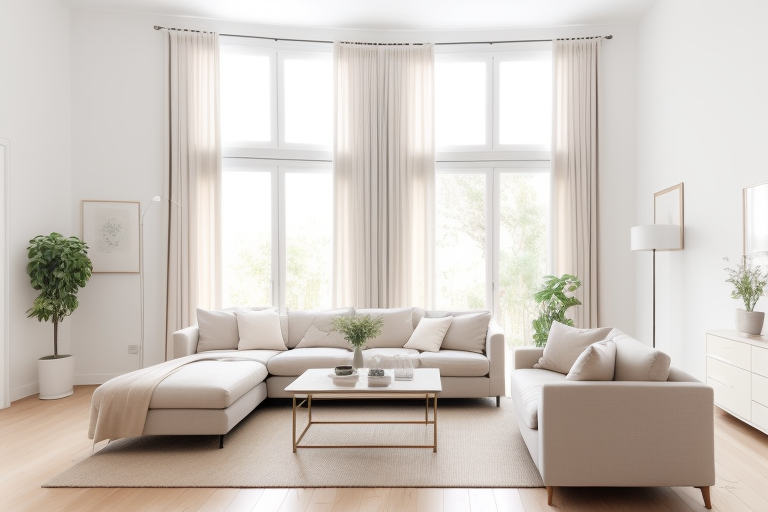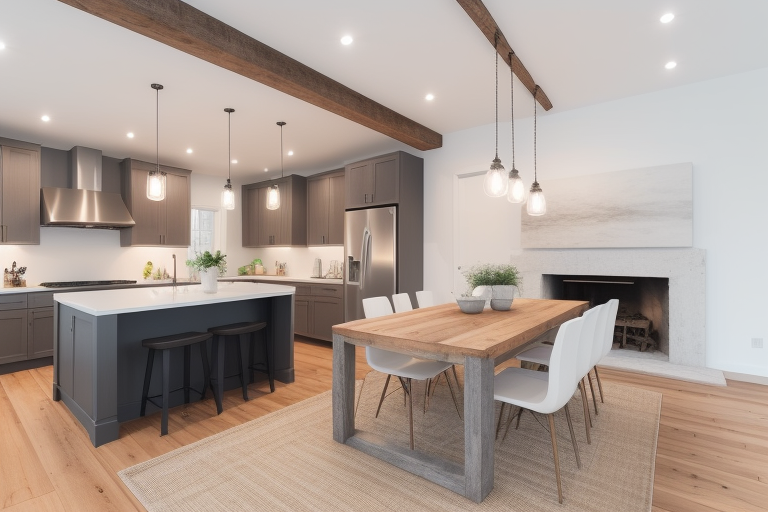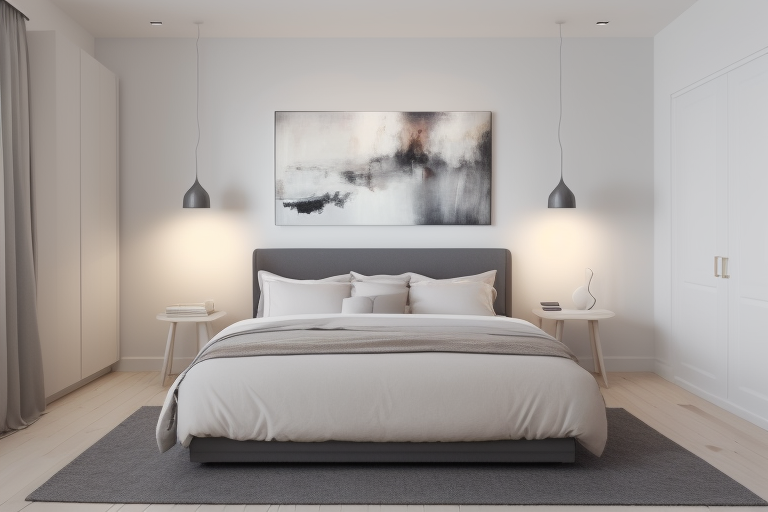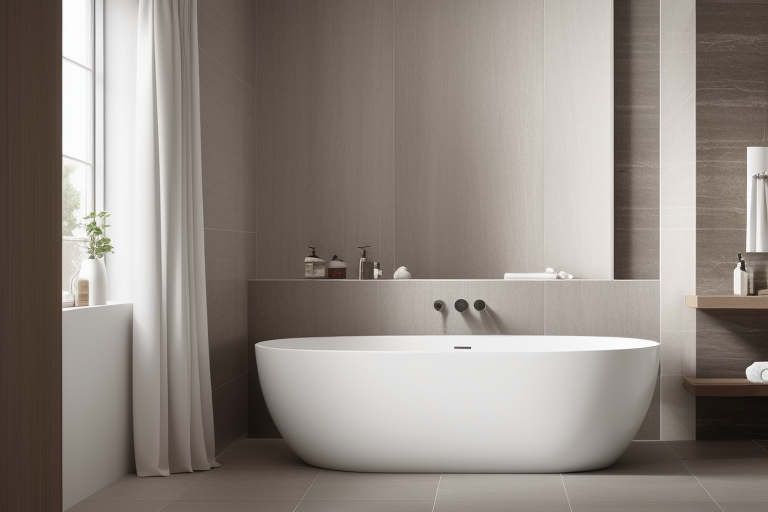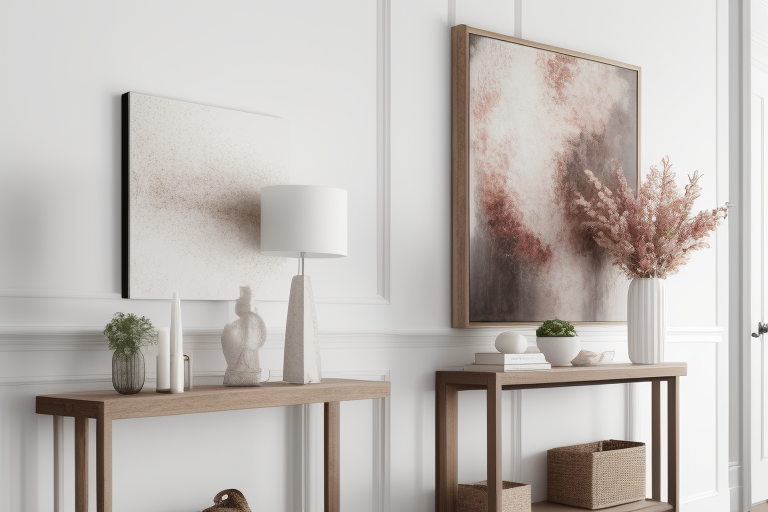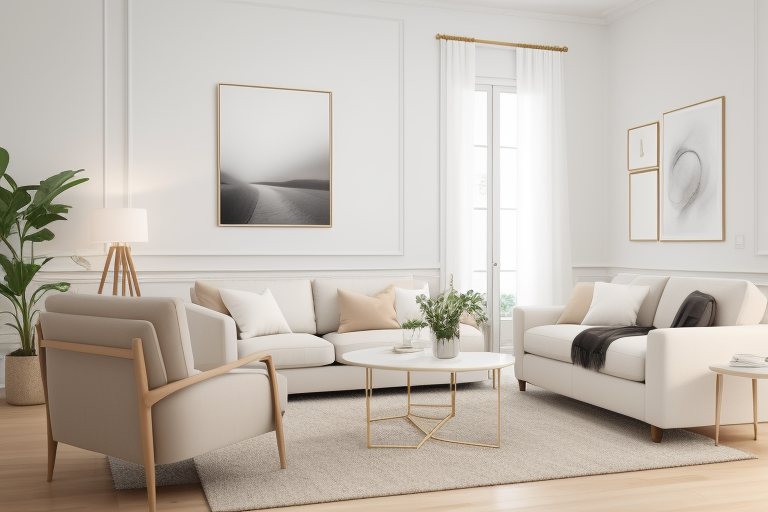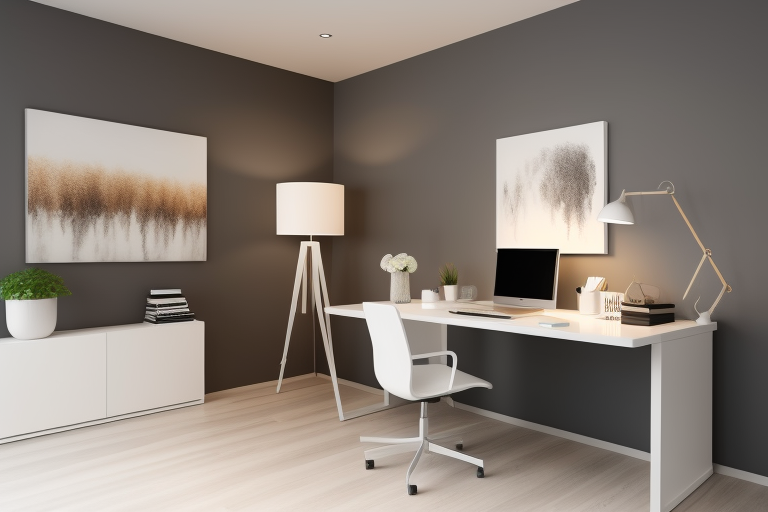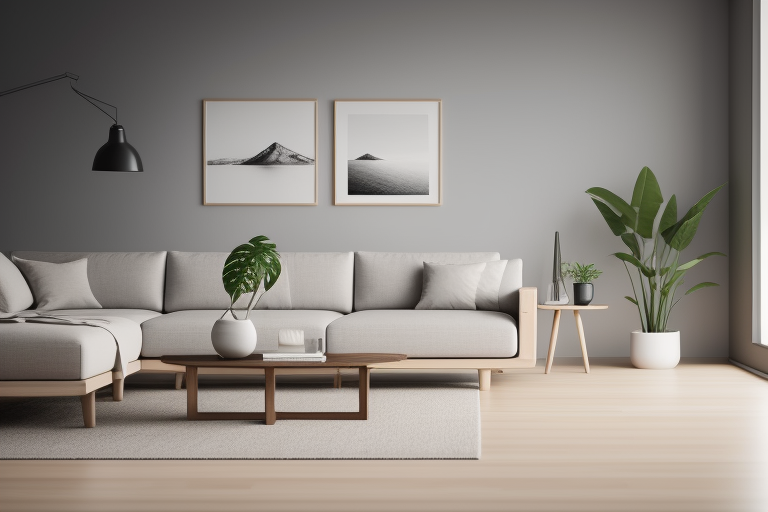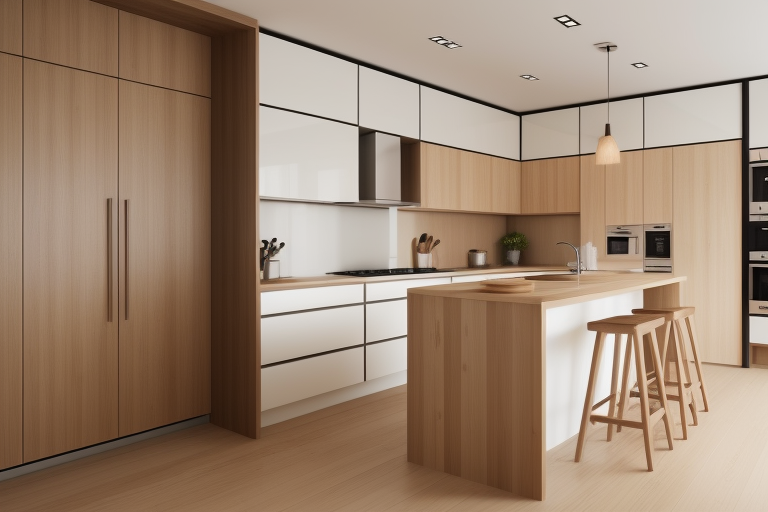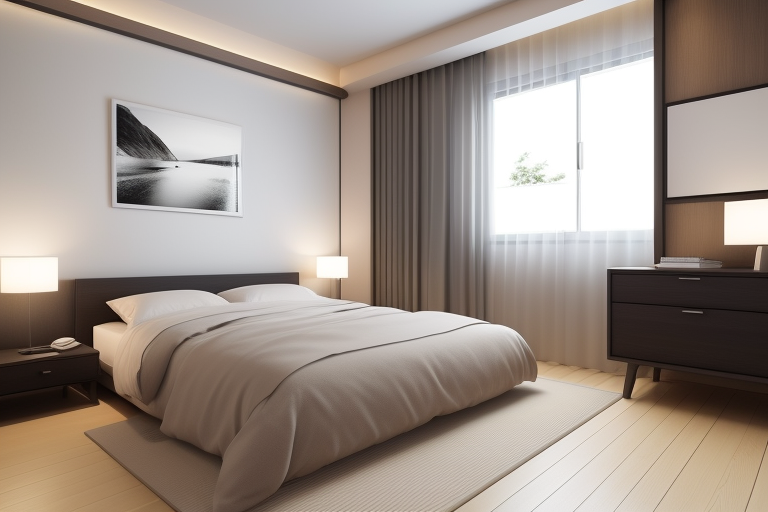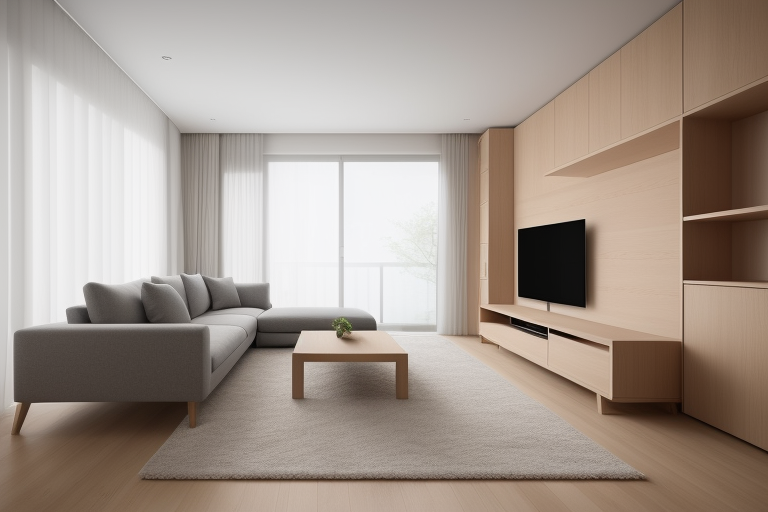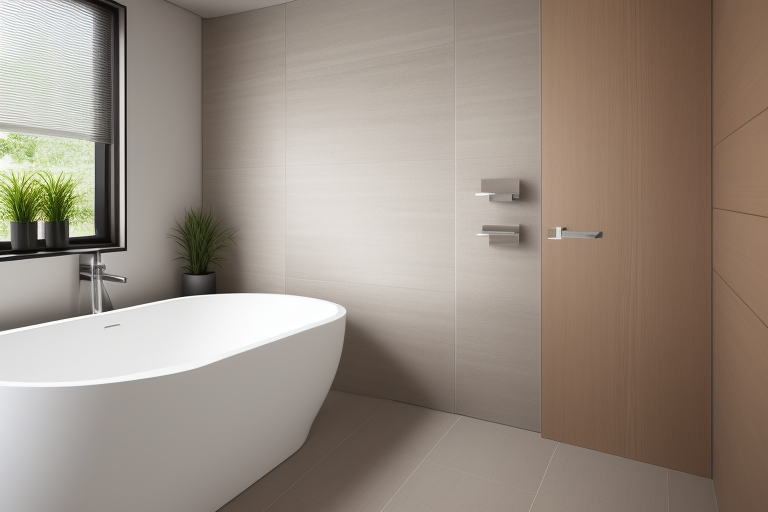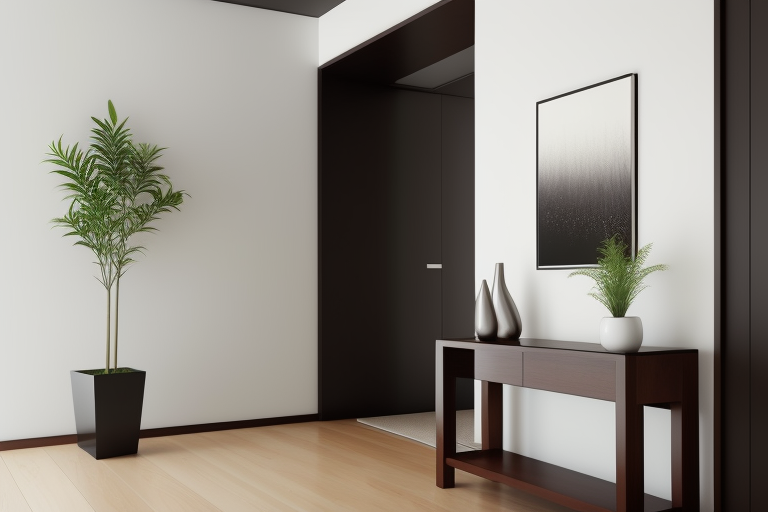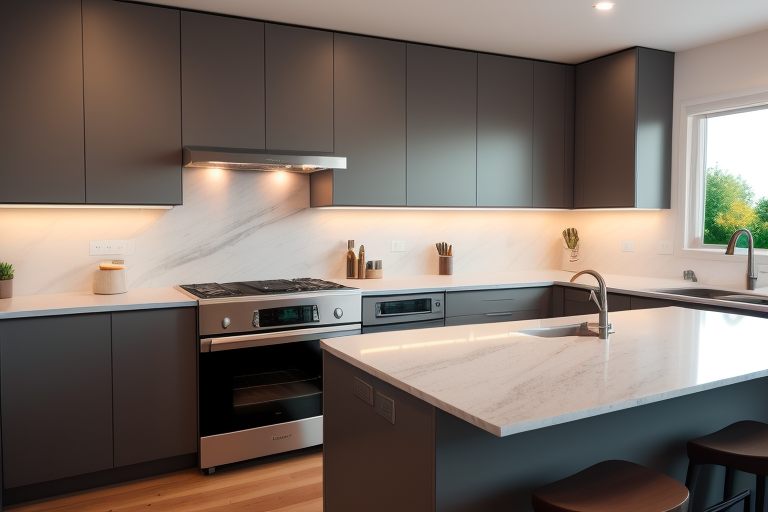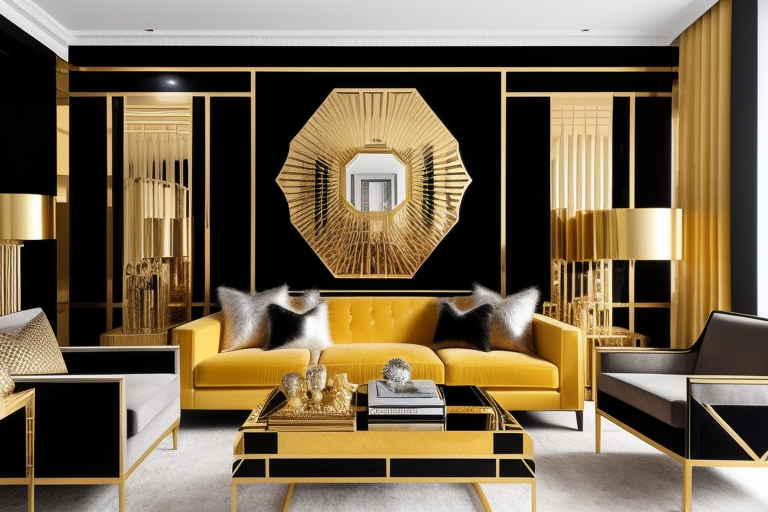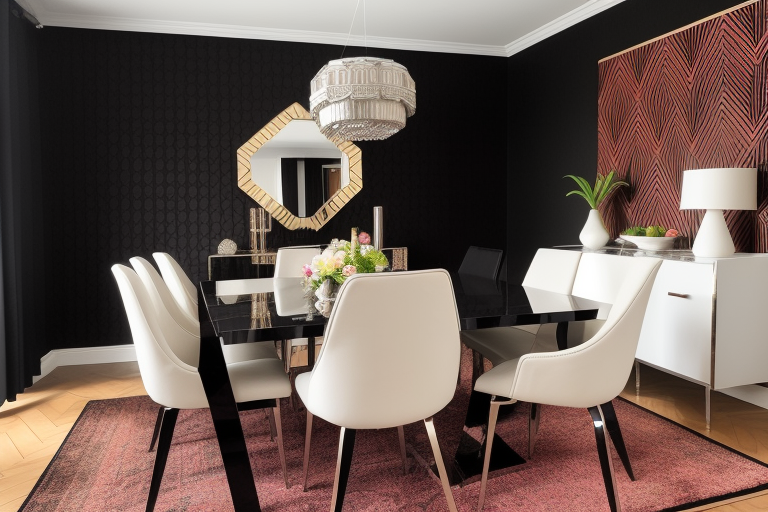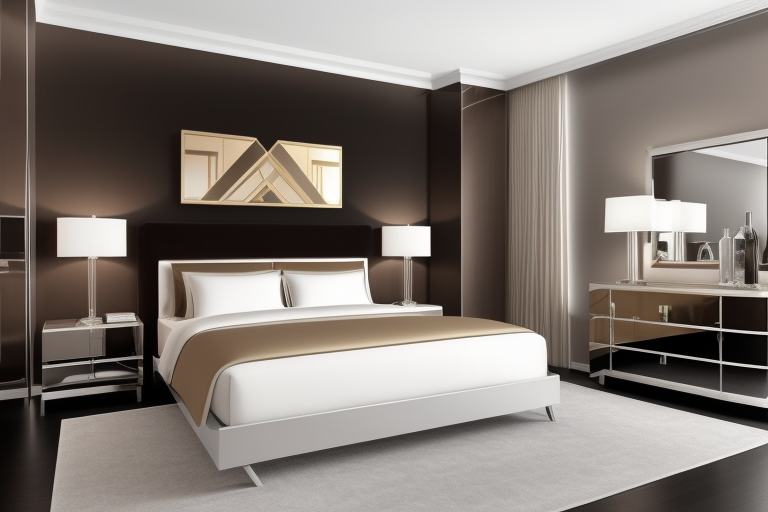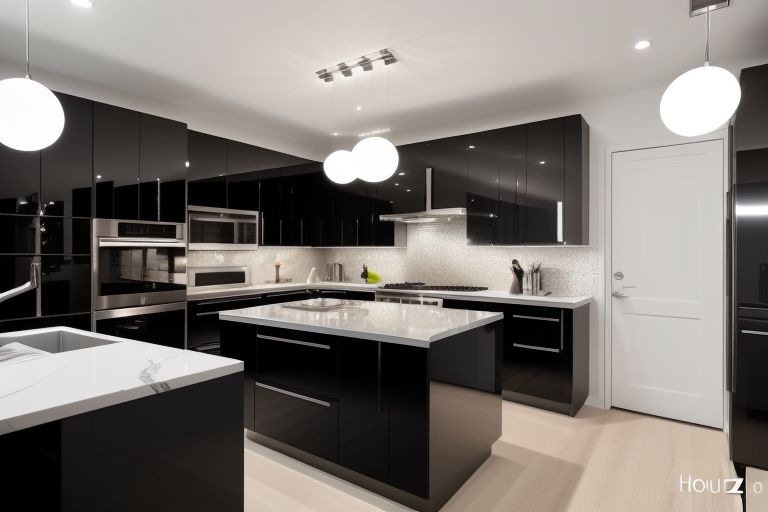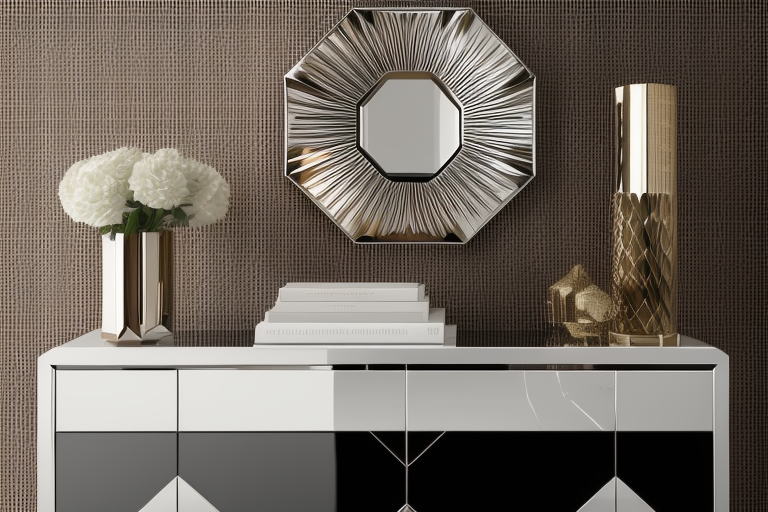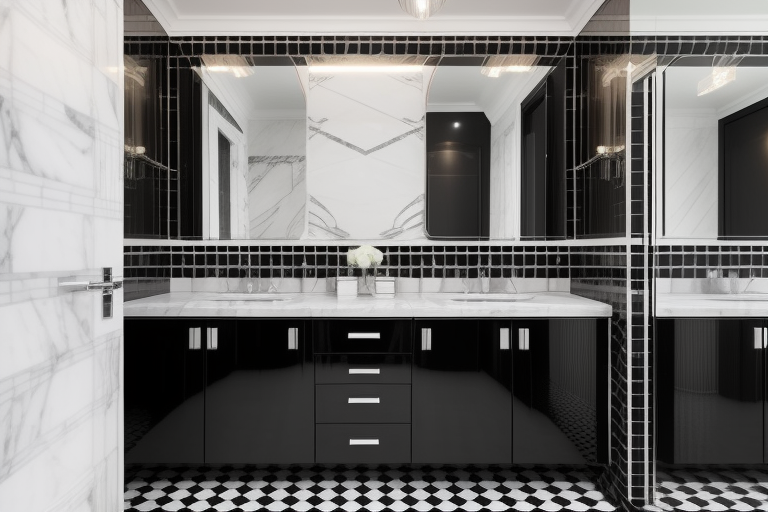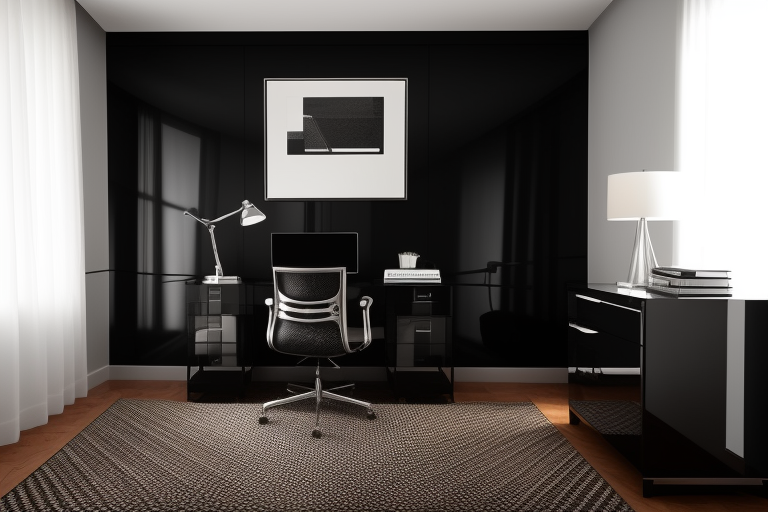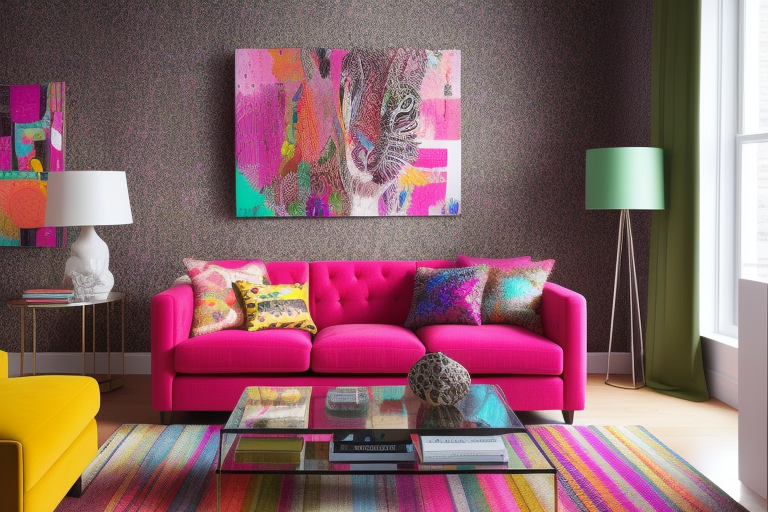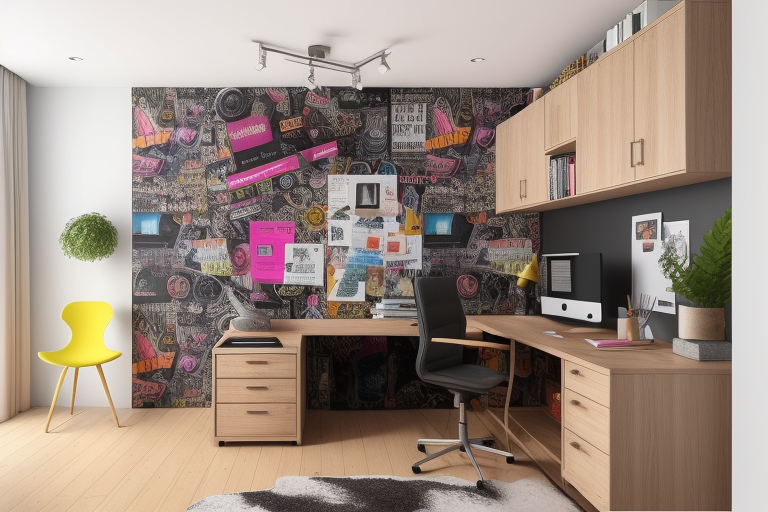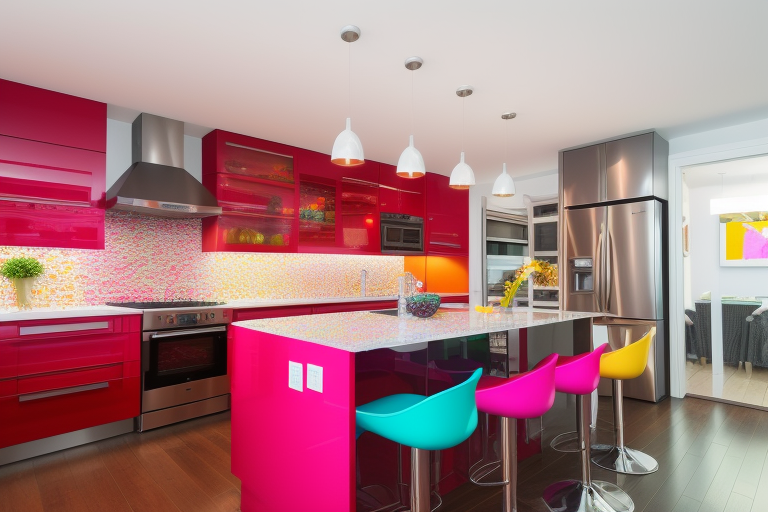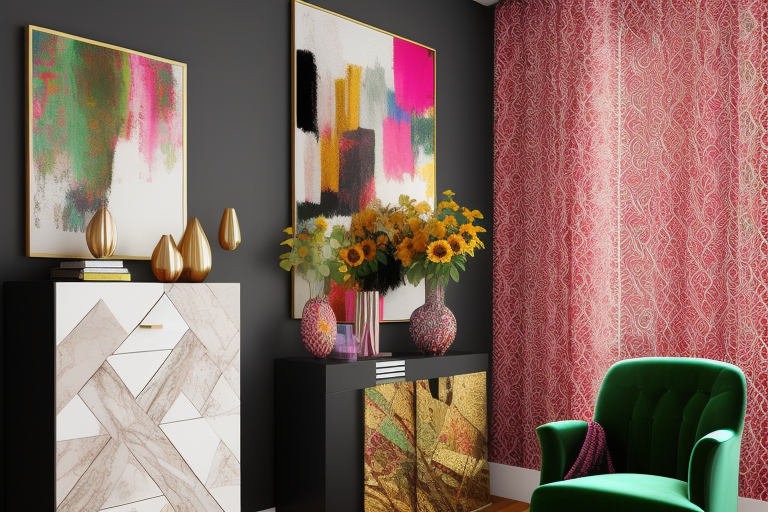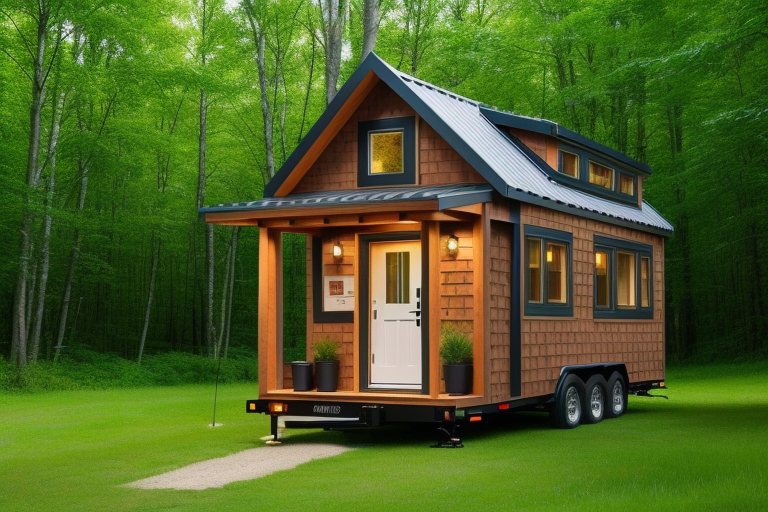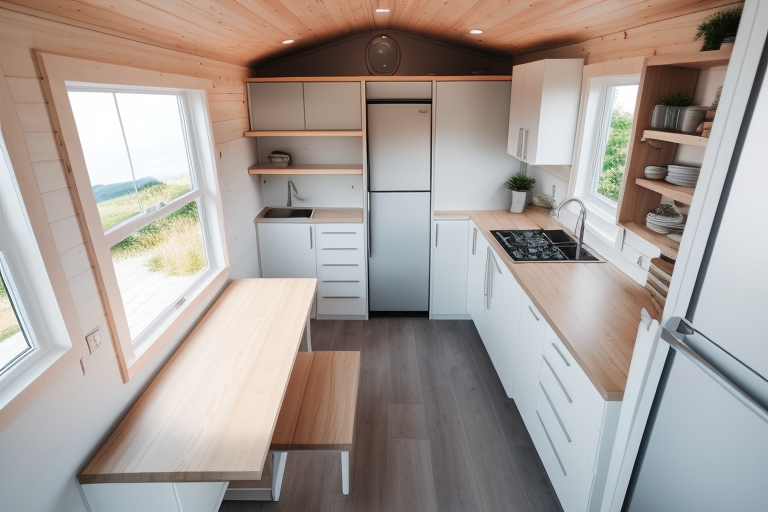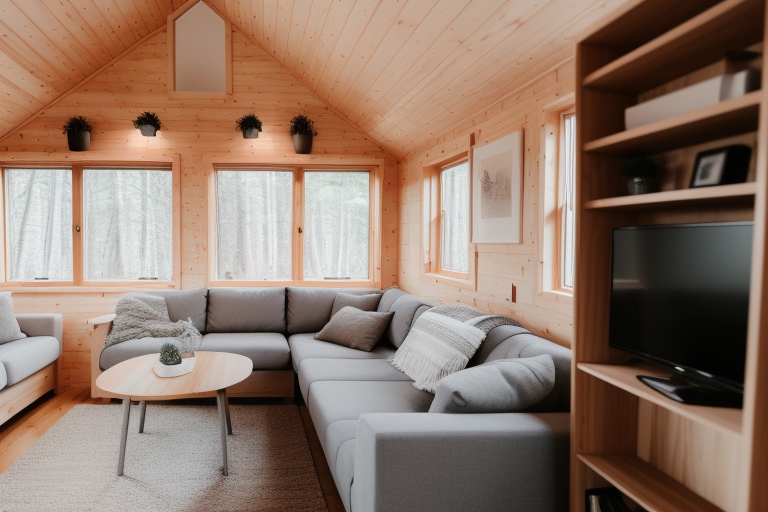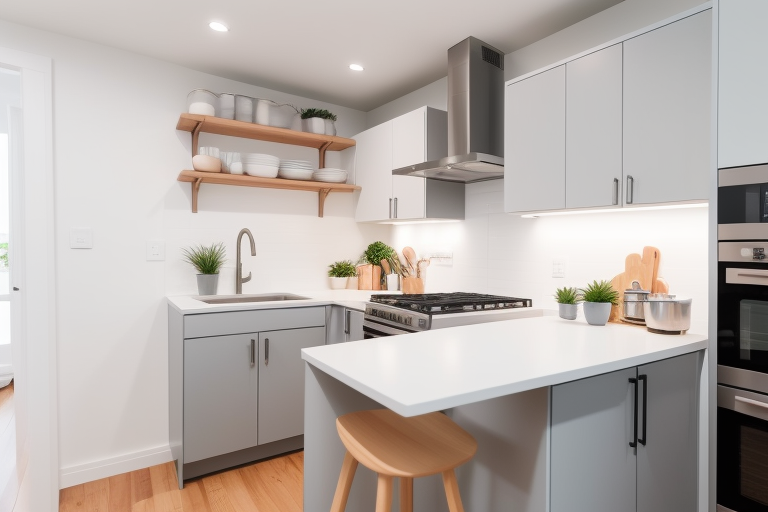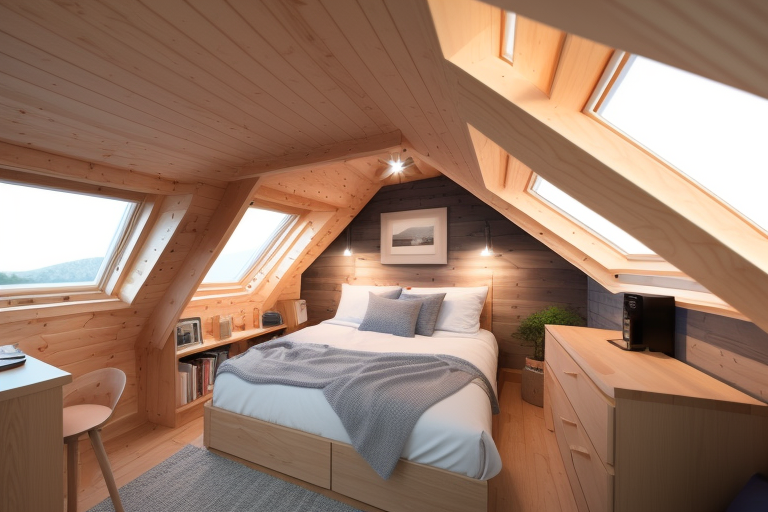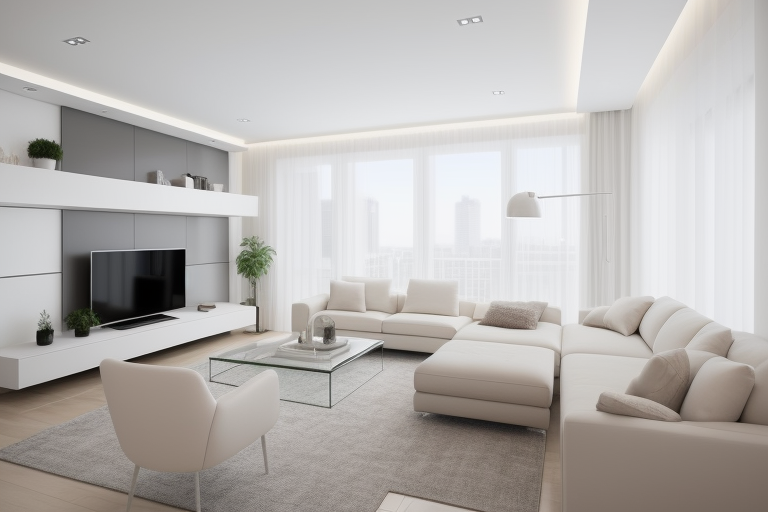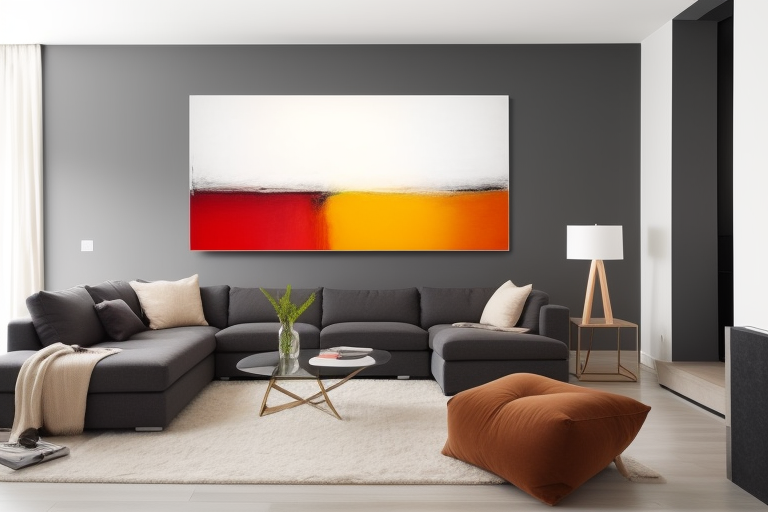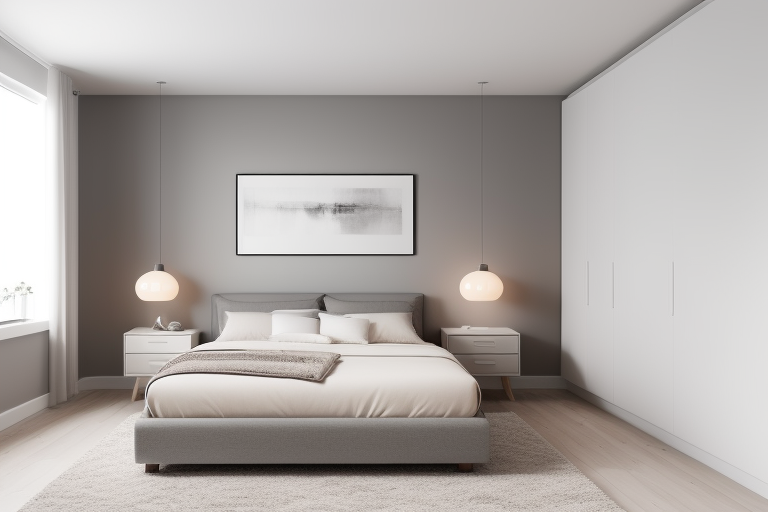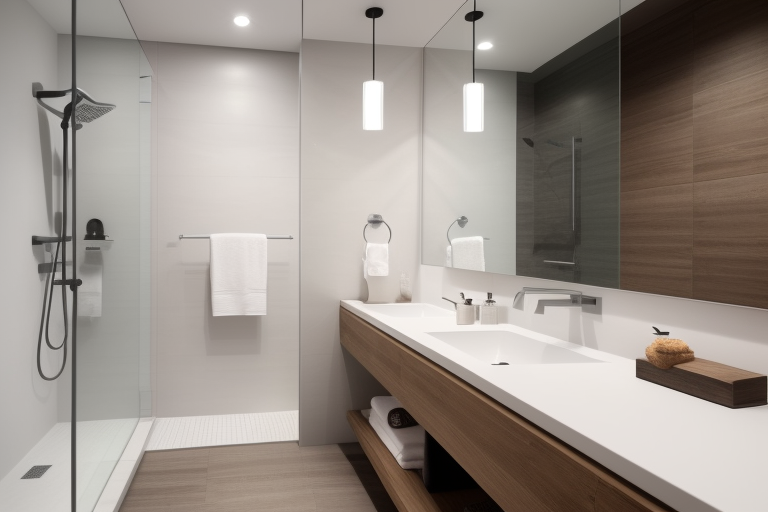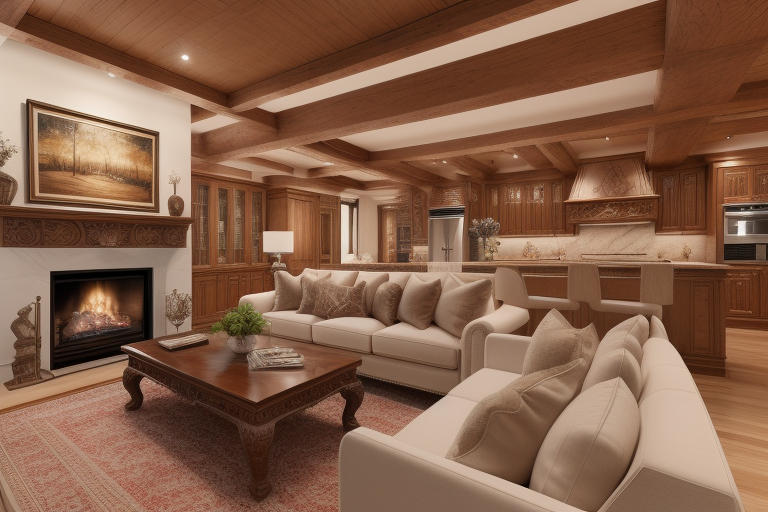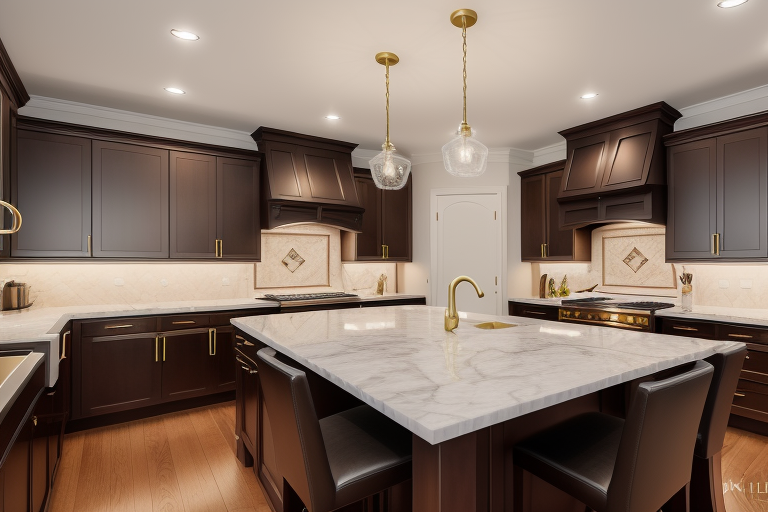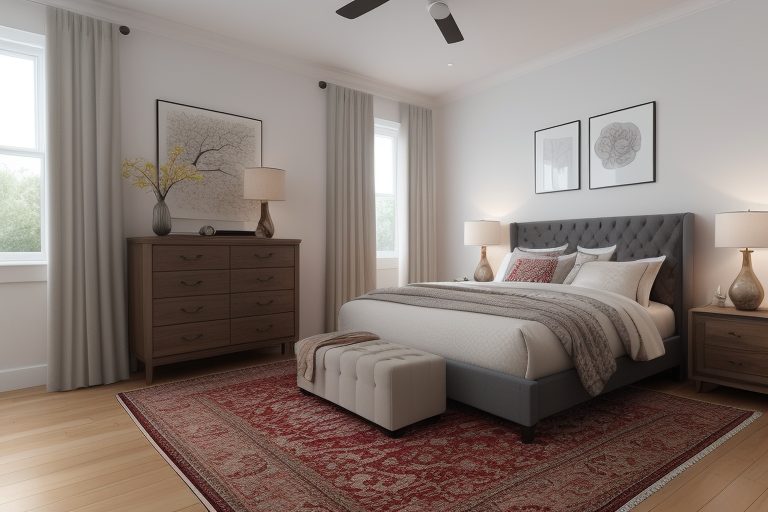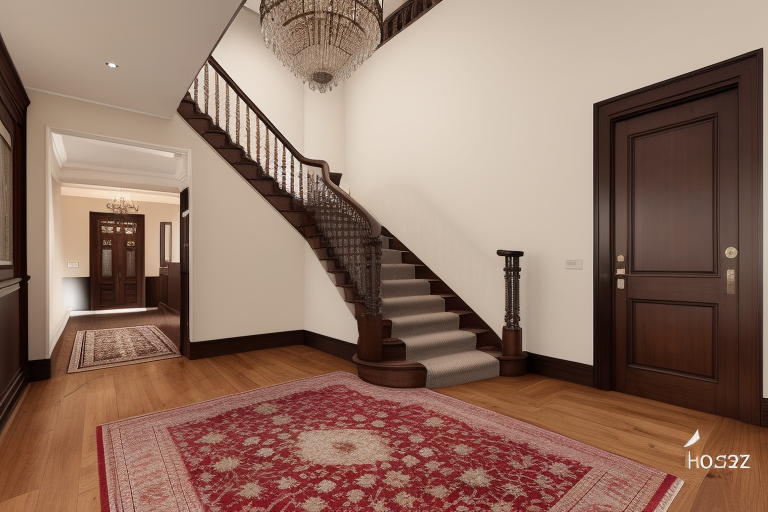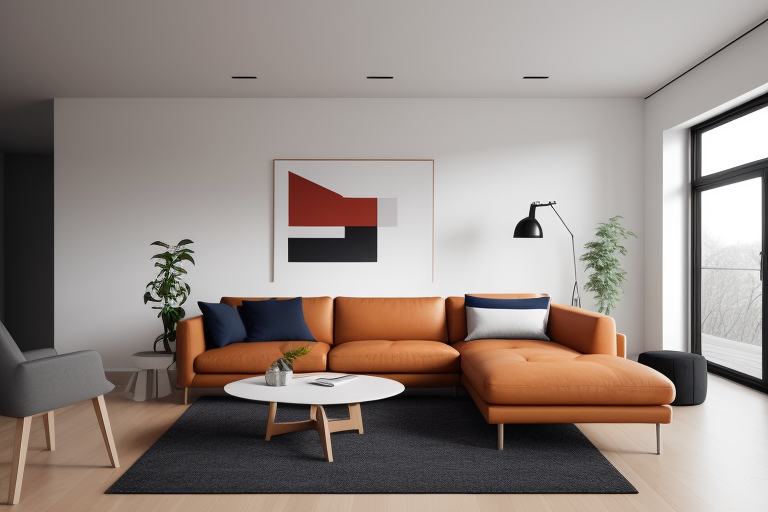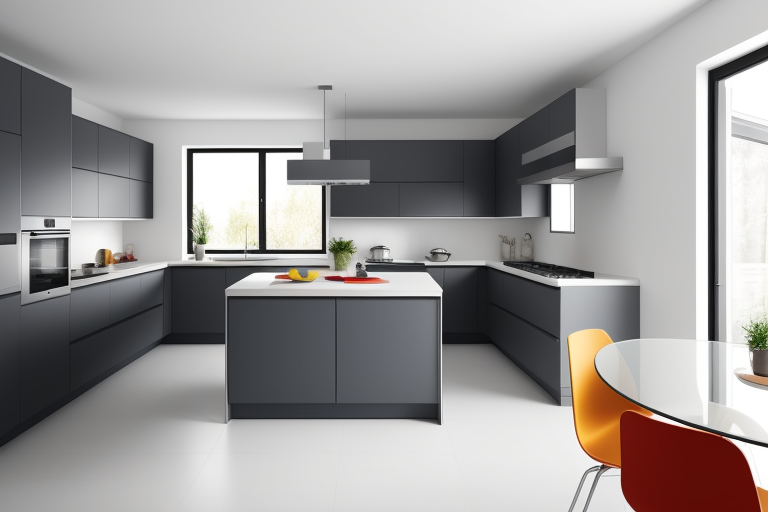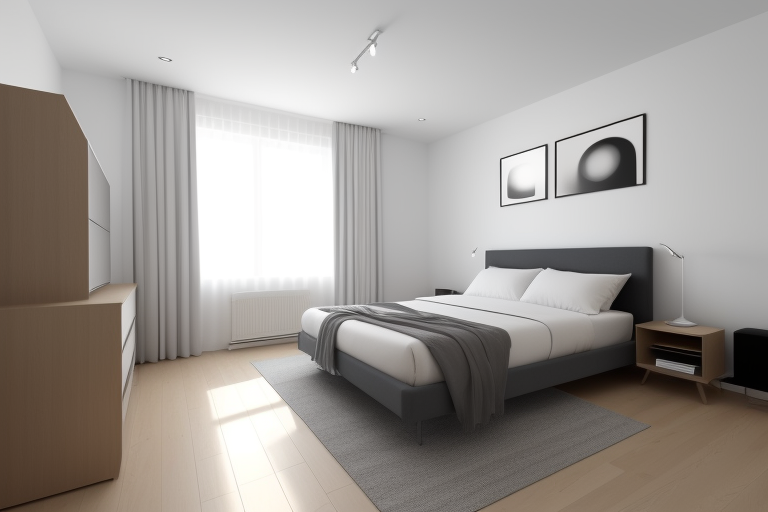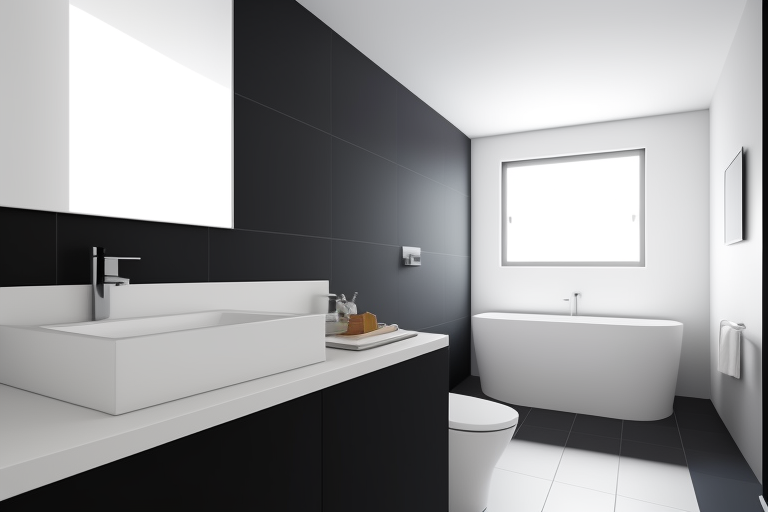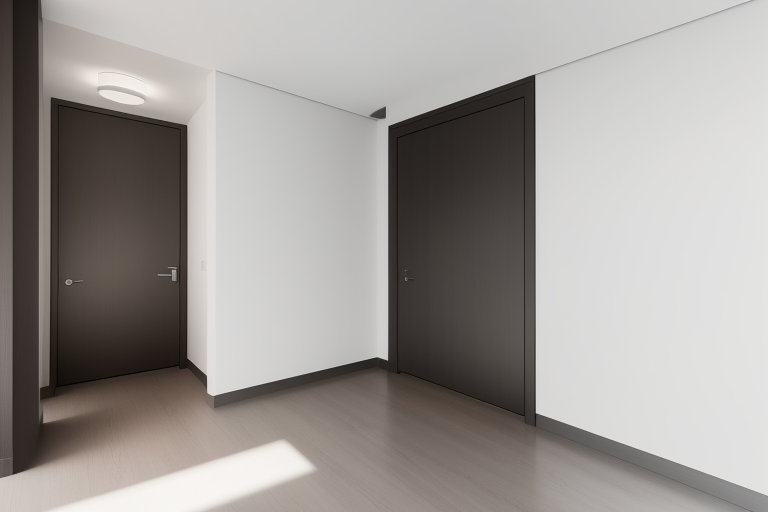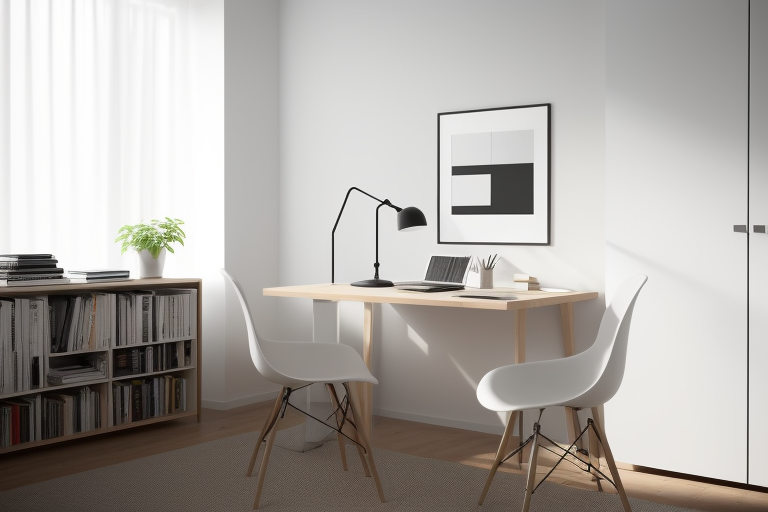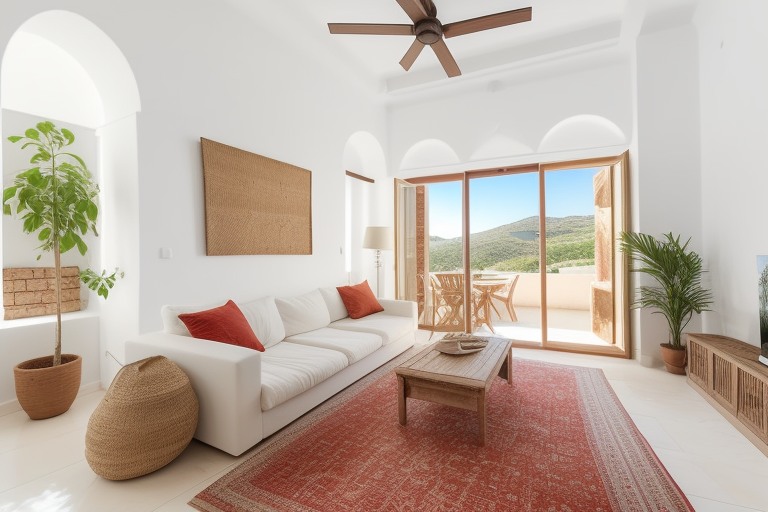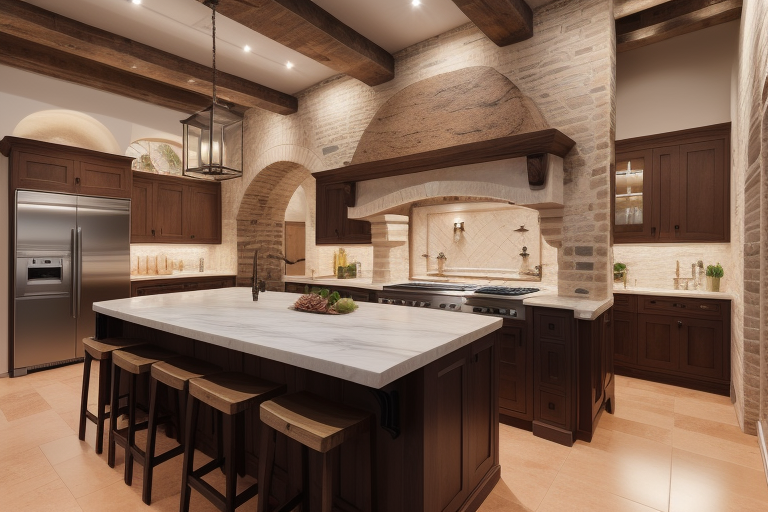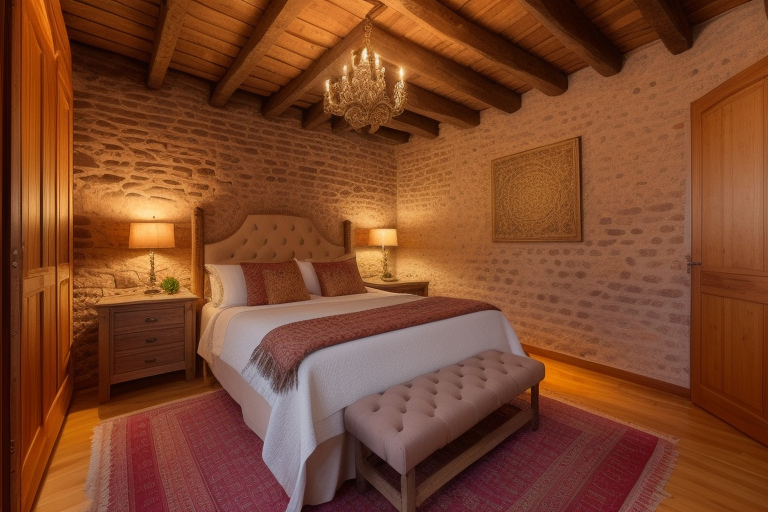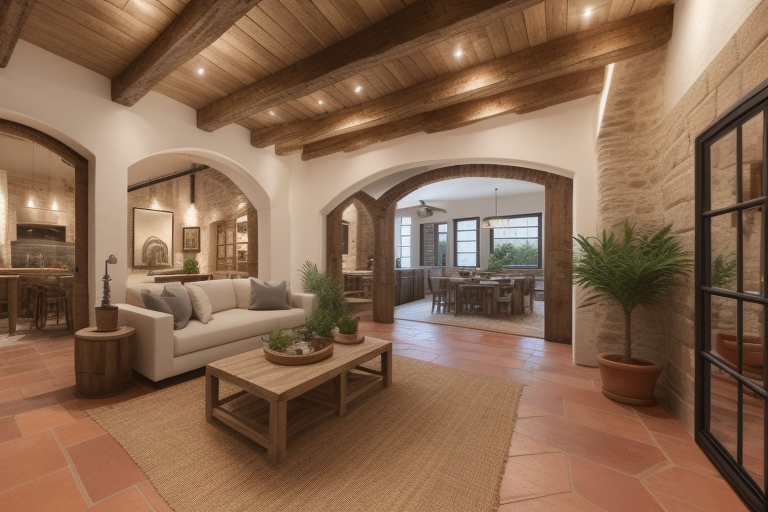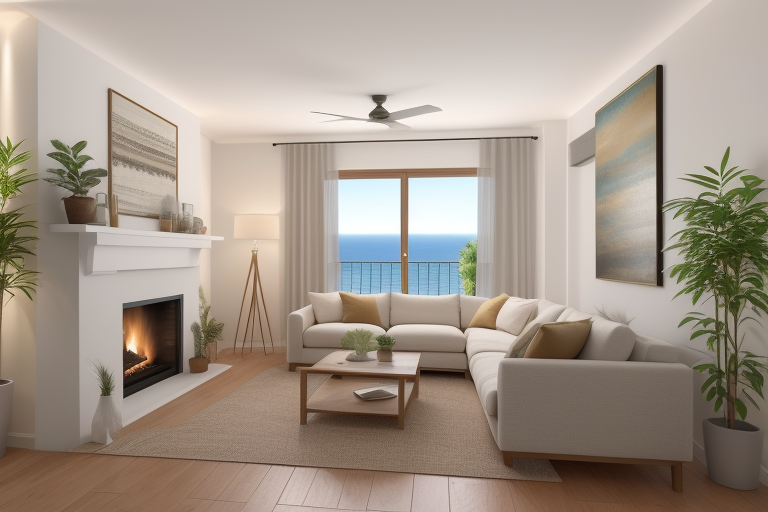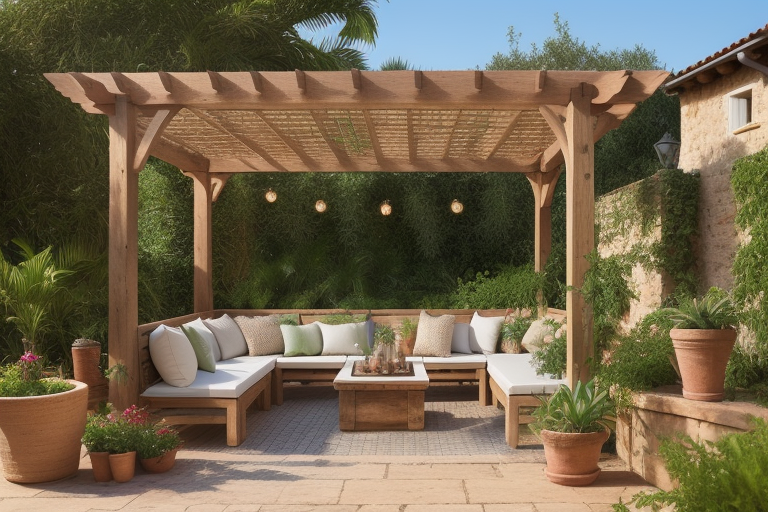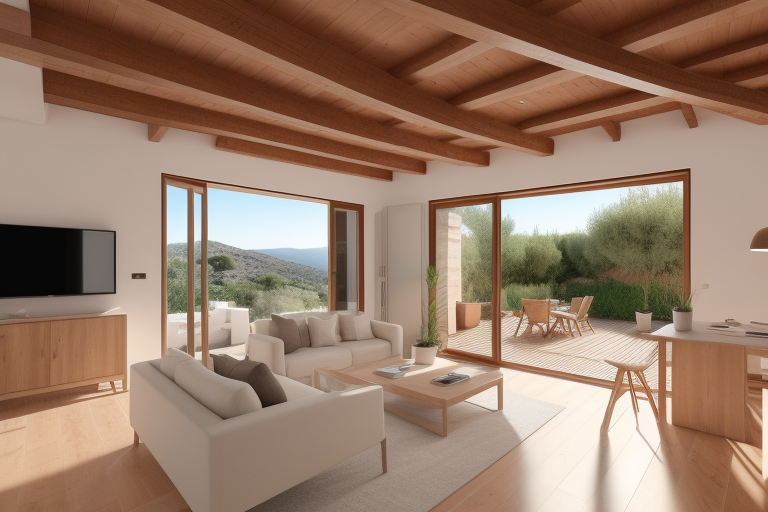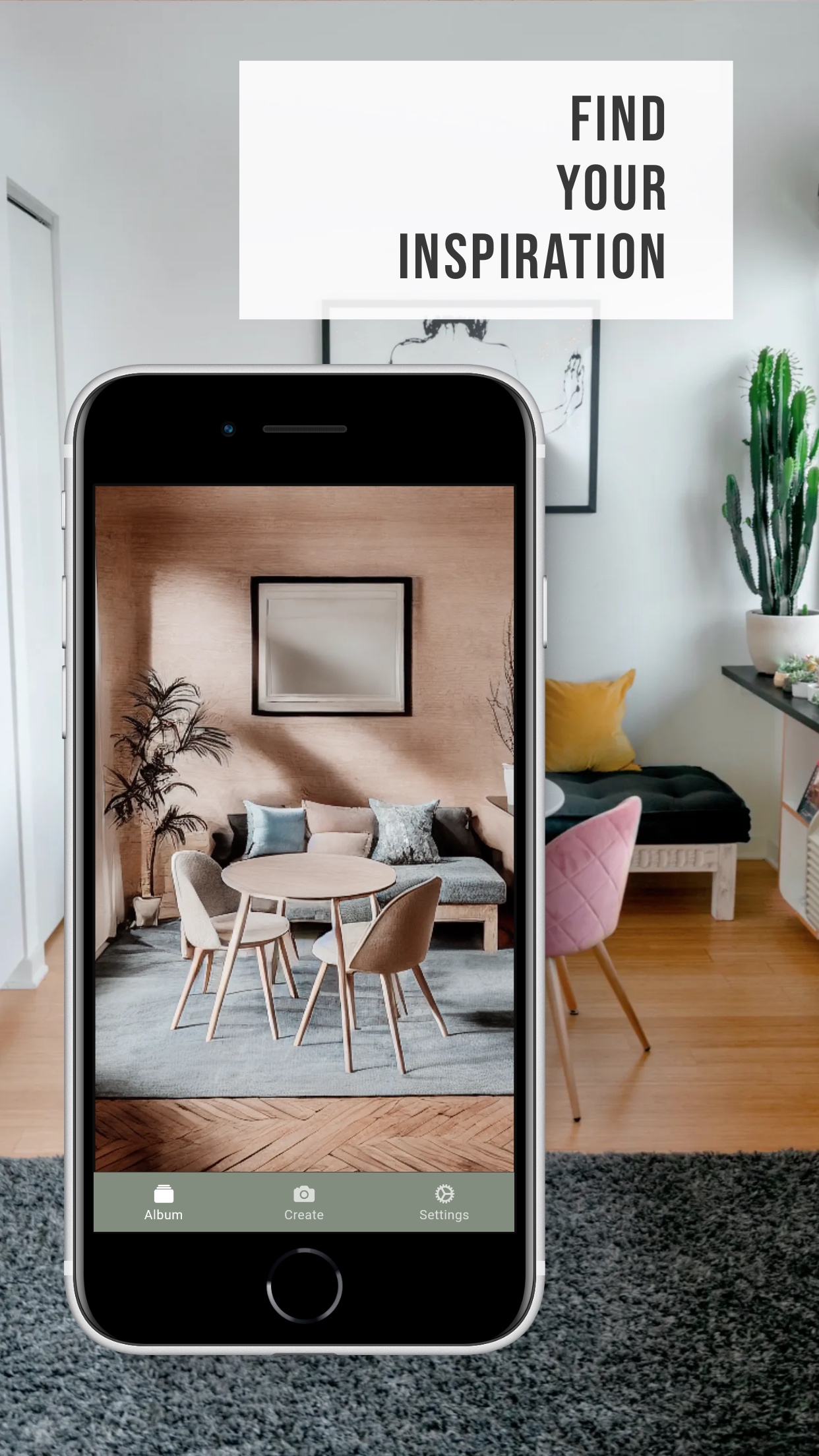What is Victorian Interior Design?
Victorian interior design is a style that originated during the reign of Queen Victoria (1837-1901). This style is known for its ornate and highly decorative details, drawing inspiration from various periods and styles, including Gothic, Classical, and even the exotic cultures of the Middle East and Asia. The Victorian era was a time of industrial progress and newfound wealth, which led to a desire for lavish, richly decorated homes. This style is often characterized by dark, rich colors, opulent textiles, and an abundance of ornate details.
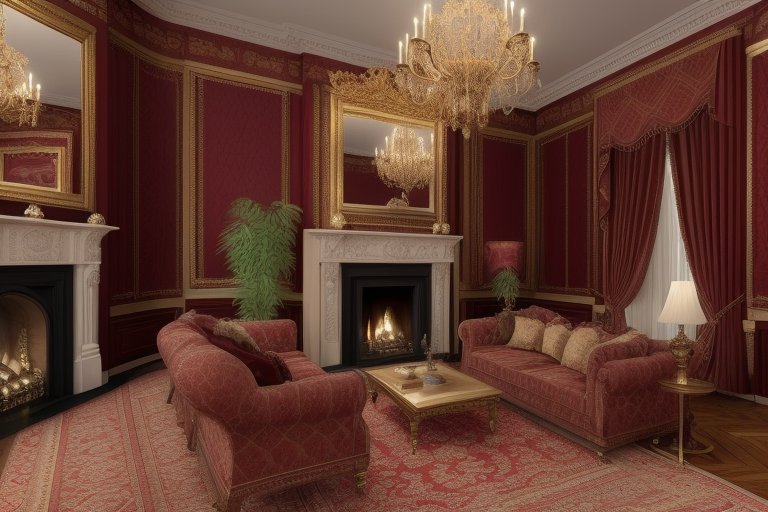
Key Characteristics of Victorian Interior Design
The key Victorian design characteristics include complex patterns, ornate details, and an emphasis on luxury. Wallpaper, typically with floral or damask patterns, is a common feature, as is the use of dark, rich colors like burgundy, deep greens, and blues. Furniture is usually heavy and ornate, with intricate carvings and dark, glossy finishes. This style also favors luxury textiles, such as velvet and silk, with fringe, tassels, and embroidery adding further ornamental touches.
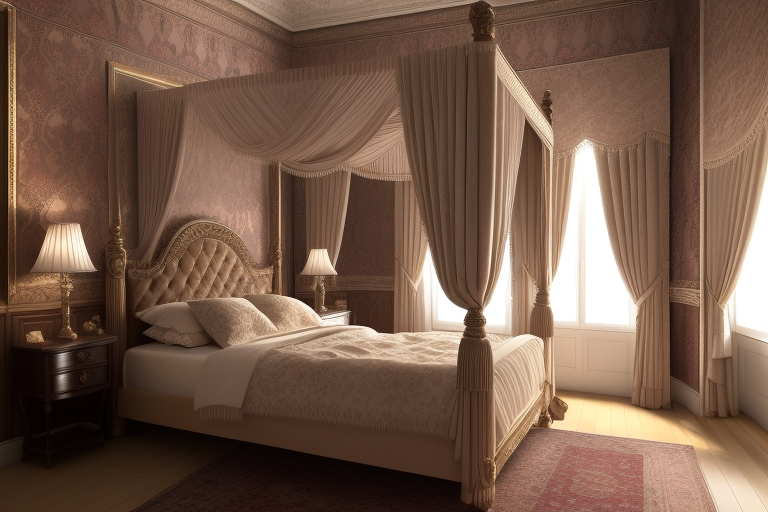
Artwork, Lighting, and Furniture in Victorian Interior Design
Artwork in Victorian interiors is often grand and dramatic, with paintings of landscapes or portraits housed in gilded frames. Lighting is usually soft and warm, achieved through the use of chandeliers, ornate lamps, and candelabras. Victorian furniture is characterized by its heavy, sturdy construction and ornate carvings. Dark woods like mahogany and walnut are popular choices, often finished with a glossy varnish. Velvet, brocade, and leather are common upholstery choices, often in dark or jewel tones.
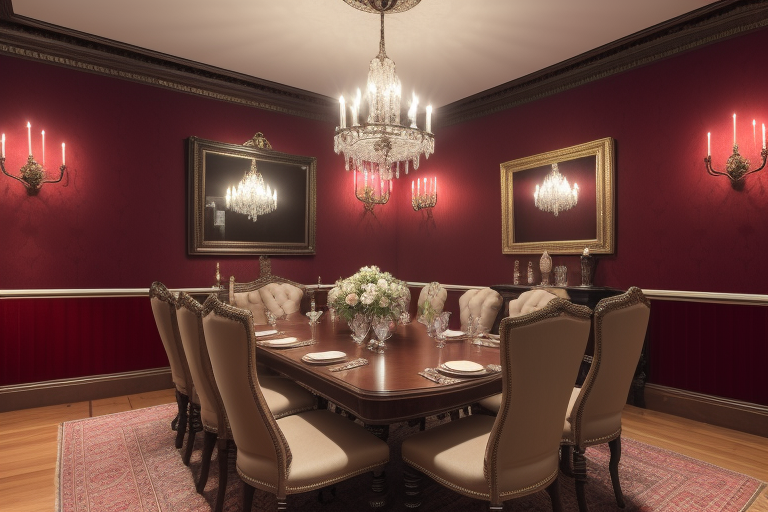
Modern Victorian Interior Design
Modern Victorian design is a fresh take on the traditional Victorian style. It combines the ornate detailing and rich colors of Victorian design with more contemporary elements to create a balanced, updated aesthetic. This style often incorporates lighter color palettes and more streamlined furniture, while still maintaining the ornate detailing and luxurious fabrics associated with the Victorian era. It’s an ideal style for those who appreciate historical design but want to maintain a sense of modernity in their space.
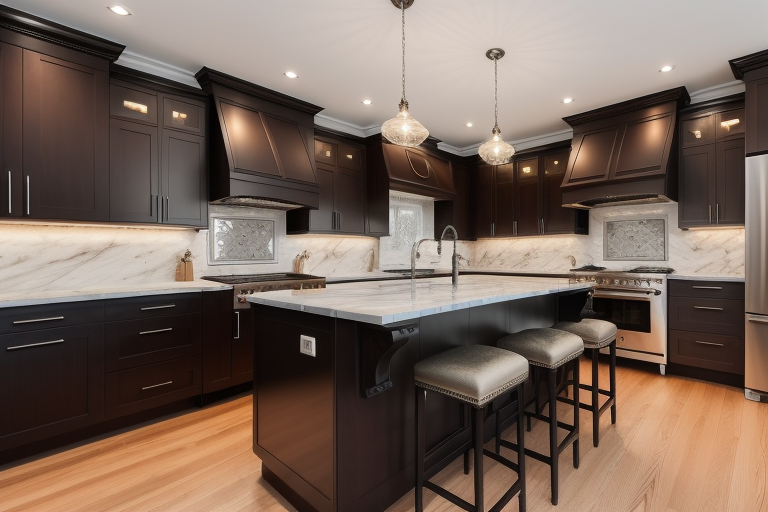
Dark Victorian Interior Design
Dark Victorian design takes the typical characteristics of Victorian design and intensifies them with a darker, more dramatic color palette. This style often incorporates deep, saturated colors like black, burgundy, and navy, creating an atmosphere of sophistication and mystery. It’s a style that’s both moody and luxurious, ideal for those who prefer a more dramatic aesthetic.
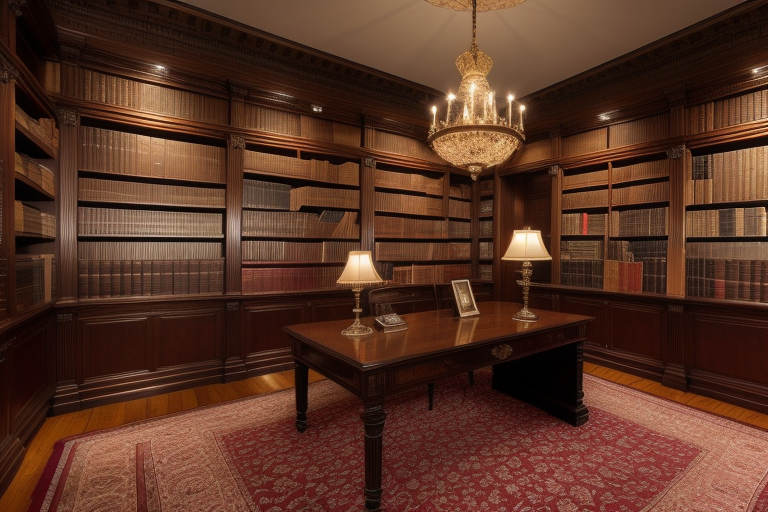
Gothic Victorian Interior Design
Gothic Victorian design is a sub-style that draws on the darker, more romantic aspects of Victorian design and the medieval-inspired elements of Gothic architecture. This style often features pointed arches, intricate carvings, and heavy textiles, combined with a dark color palette and dramatic lighting. It’s a style that’s rich in atmosphere, evoking a sense of the dramatic and the mystical.
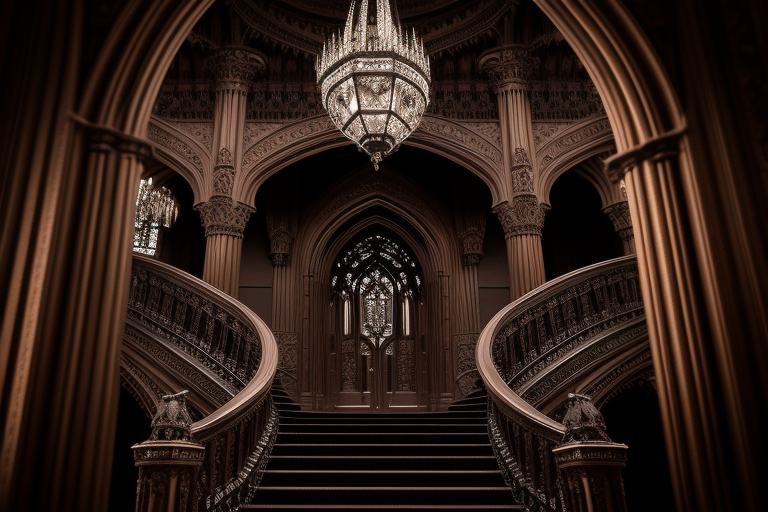
Industrial Victorian Interior Design
Industrial Victorian design is a unique blend of the opulence of the Victorian era with the raw, utilitarian aesthetic of industrial design. This style often features exposed brick or stonework, metal accents, and rustic wood combined with the rich colors and ornate details of Victorian design. It’s a style that embraces the contrast between the old and the new, the polished and the raw.
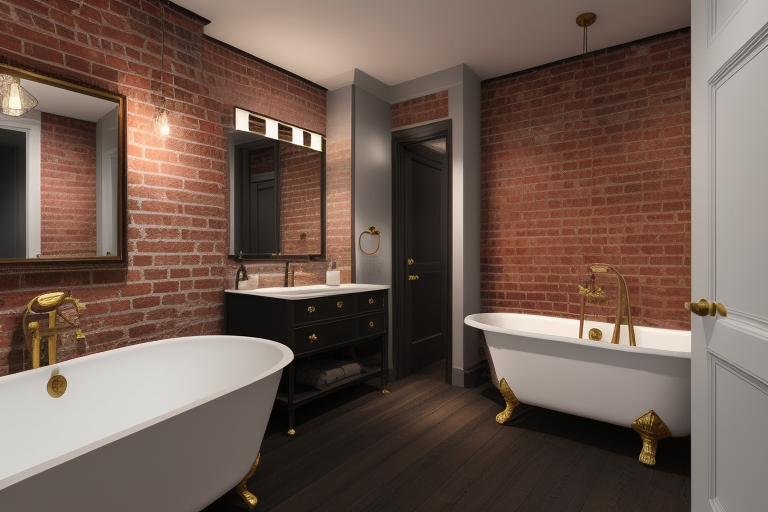
Edwardian vs Victorian Interior Design
While both Edwardian and Victorian interior design styles originate from similar historical periods, there are key differences between the two. Victorian design is known for its richness and ornate detail, with a focus on dark colors, heavy furniture, and luxurious textiles. Edwardian design, on the other hand, is typically lighter and more airy, with a preference for pastel colors, more simplistic furniture, and lighter fabrics. Both styles have their own unique charm, offering elegance and historical appeal in their own ways.
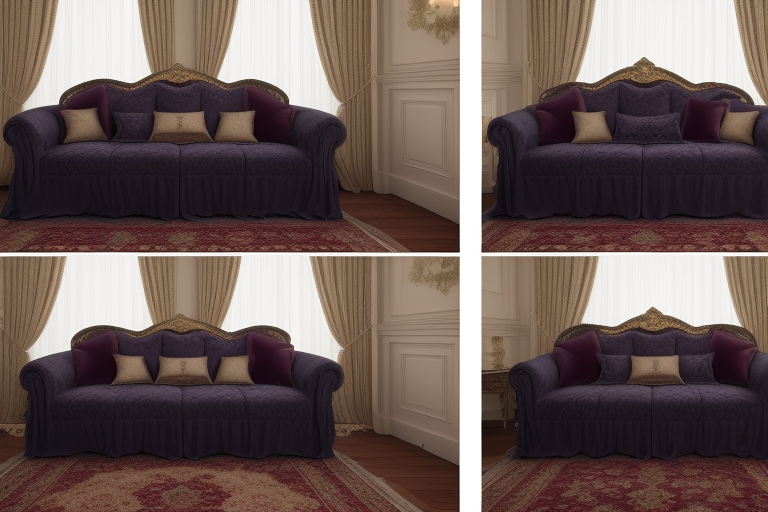
Decorating Your Living Room in Victorian Style: A Guide
- Start by choosing a rich, dark color palette. Popular colors include burgundy, deep blues, and dark greens.
- Choose furniture pieces that are sturdy and ornate, with dark, glossy finishes. Velvet, brocade, and leather are good choices for upholstery.
- Wallpaper is a key element of Victorian design. Choose a design that’s detailed and complex, such as a floral or damask pattern.
- Include luxurious textiles like velvet and silk in your decor, adding ornamental touches like fringe, tassels, and embroidery where possible.
- Add a chandelier or ornate lamp for soft, warm lighting.
- Artwork should be grand and dramatic. Consider a large landscape or portrait painting in a gilded frame.
- Don’t forget to include ornate details in every part of the room, from carved molding to tasseled drapes.
